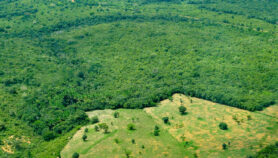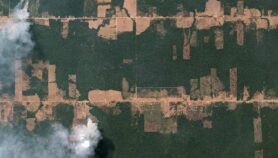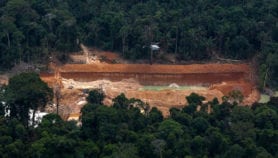Send to a friend
The details you provide on this page will not be used to send unsolicited email, and will not be sold to a 3rd party. See privacy policy.
The production of frankincense may be halved in the next 15 years because of a massive reduction in the number of trees that produce it, according to Dutch and Ethiopian researchers.
The aromatic resin — which is used in incense and perfume, and is one of the gifts that features in the Christmas story of the Nativity — is produced by tapping Boswellia trees, which grow in the Horn of Africa and the Arabian peninsula.
But a study of 12 Boswellia populations in Ethiopia — published in the British Ecological Society’s Journal of Applied Ecology this week (20 December) — found that their numbers could drop by 90 per cent over the next 50 years if the trees are not protected from fire, grazing and insect attacks.
Adult trees are dying as a result of fire and attack by the long-horn beetle, which lays its eggs under the bark of the tree, while seedlings are hit by fire and grazing.
"Current management of Boswellia populations is clearly unsustainable," Frans Bongers, a researcher at Wageningen University in the Netherlands told the Press Association. "Our models show that within 50 years, populations of Boswellia will be decimated, and the declining populations mean frankincense production is doomed."
References
Journal of Applied Ecology doi: 10.1111/j.1365-2664.2011.02078.x (2011)













